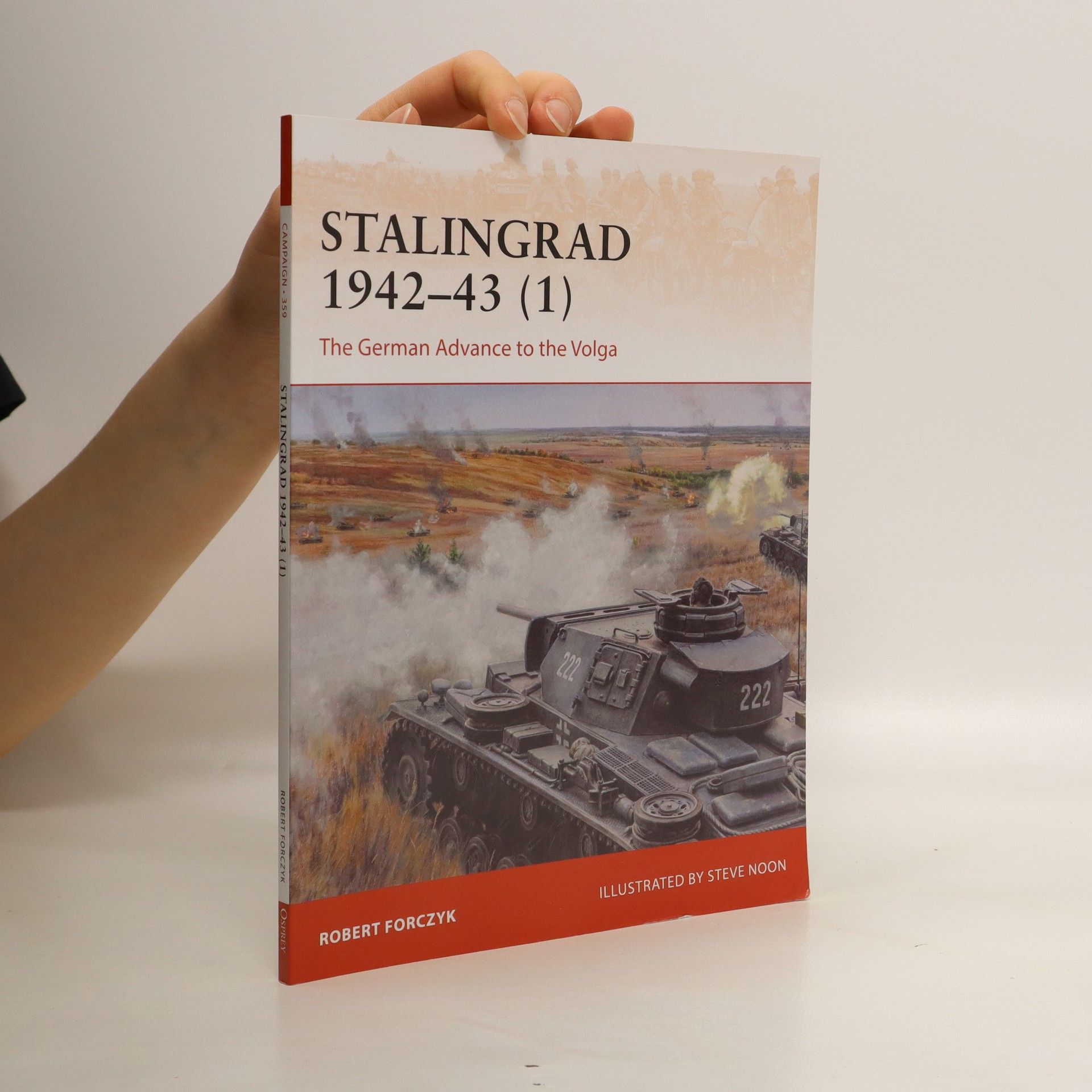Port Arthur 1904–05
- 96 páginas
- 4 horas de lectura
A gripping, illustrated narrative of the longest and most brutal land battle of the 1904–05 Russo-Japanese War. Growing rivalry between Imperial Russia and Imperial Japan over territorial control in China and Korea led to the outbreak of war in February 1904. Japan struck the first blow with a surprise naval attack against the anchored Russian Pacific Fleet at its base in Port Arthur. Once the fleet had been neutralized, the Japanese landed their Second Army on the Liaotung Peninsula in May 1904, in order to besiege Port Arthur. The fighting that followed has become legend in military history. Respected military historian Robert Forczyk describes the Russian relief operation towards Port Arthur (the Battle of Telissu), and the lengthy siege of the Russian-held town and harbour. The initial Japanese attempts to capture the port by assault are documented in detail, together with the Japanese progress through the heavily fortified lines protecting Port Arthur. Specially commissioned artworks bring to life in vivid detail the Battle of Nanshan Hill, the Japanese assault on the Wantai Heights, and the bombardments of the Russian forts. Maps and diagrams explore the strategic situation and tactical progress of the fighting in step-by-step detail, and over 60 period photographs reveal the appearance and weaponry of the opposing forces and the terrain around Port Arthur.


